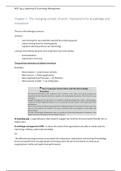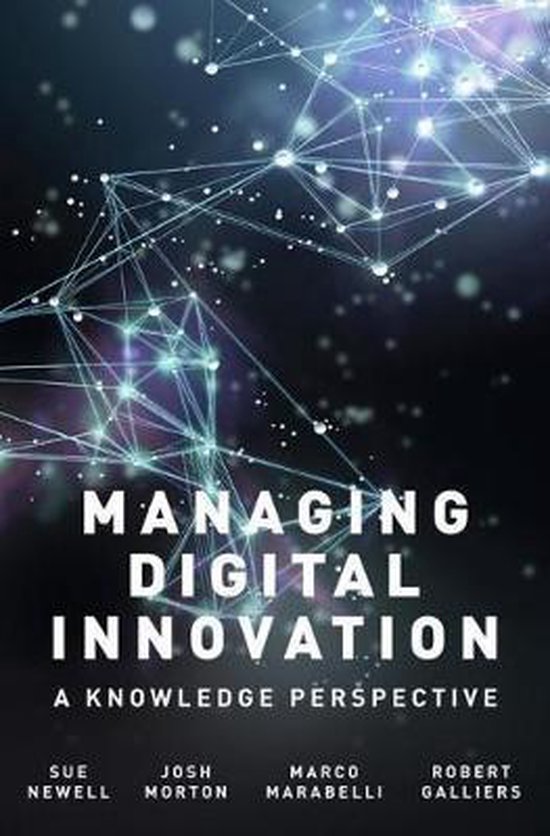Samenvatting
Complete, clear and structured summary of Managing Digital Innovation: A Knowledge Perspective (ISBN: 9781137434296)
- Instelling
- Technische Universiteit Delft (TU Delft)
This document consists of a structured summary of the book: Managing Digital Innovation: A Knowledge Perspective!
[Meer zien]





